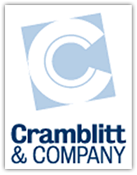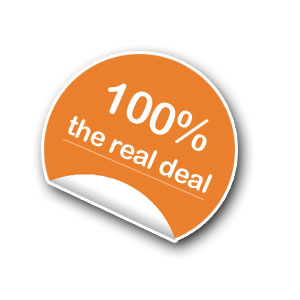You talkin’ to me? Then speak my language.
October 4th, 2017 | No Comments

You’re the expert.
You’re the one who knows how to position the product.
You know how to tell the story.
You know the buttons to push: benefits, benefits, benefits.
But what’s that language you’re speaking? Is it marketese? Is it generalism? Is it how you would explain it to your family and friends? Is that a Facebook hook or an Anandtech hook?
If you are talking to people like yourself, you’re likely speaking a foreign language to the engineers, developers or R&D people with whom you want to engage.
To communicate in the same language as those you want to reach, you need to reach out yourself. Interview people from the target audience. Immerse yourself in their culture. Find out their pain points and what they consider their victories. Put yourself in their position and feel what they feel.
Most of all, get technical. If you don’t understand the concept or terminology, get someone to explain it to you. Be the person who makes the technical understandable, without patronizing anyone.
It’s hard work, but it has immense value. We need people who can bridge marketing, engineering and upper management. You can be one of those rare people.

 There are two types of companies: those who care about the quality of their content and those who simply follow a PR or communications template.
There are two types of companies: those who care about the quality of their content and those who simply follow a PR or communications template. Authentic doesn’t necessarily cleave to history, of course. Something new can be authentic. That’s what I think about
Authentic doesn’t necessarily cleave to history, of course. Something new can be authentic. That’s what I think about 